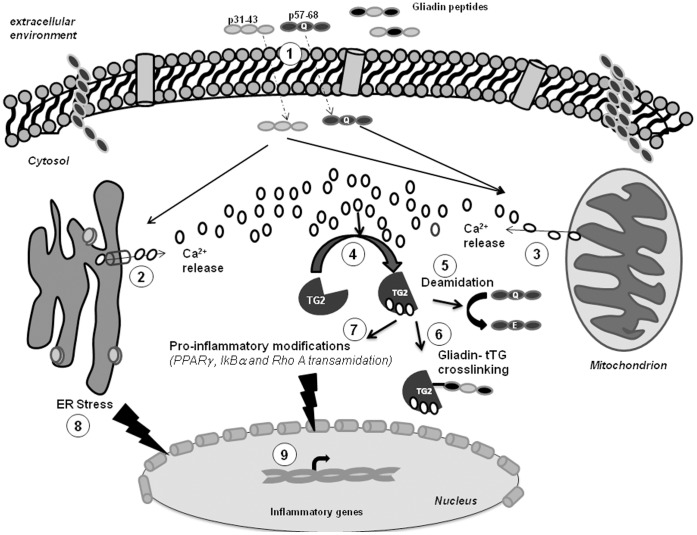Figure 9. A model of the possible relationship between gliadin peptides, tTG activation, ER-stress and the inflammatory response.
Toxic and immunogenic gliadin peptides penetrate inside the cells through vesicular trafficking (1) [14], [18], [20] and rapidly induce Ca2+ release from the ER (2) and mitochondria (3). The increased [Ca2+]i activates normally silent tTG (4), which in turn deamidates gliadin peptides (5) and/or produces cross-links between the peptides and the tTG itself (6) or between the peptides and other cellular proteins [4], [5], [11], [12]. In addition, active tTG transamidates IκBα [38], PPARγ [18], and Rho A [36], which are key regulators of the inflammatory response. Persistent stimulation with toxic gliadin peptides (p31–43) can also trigger an ER-stress response (8) that, in turn, can modulate the expression of inflammatory genes (9) [45].

